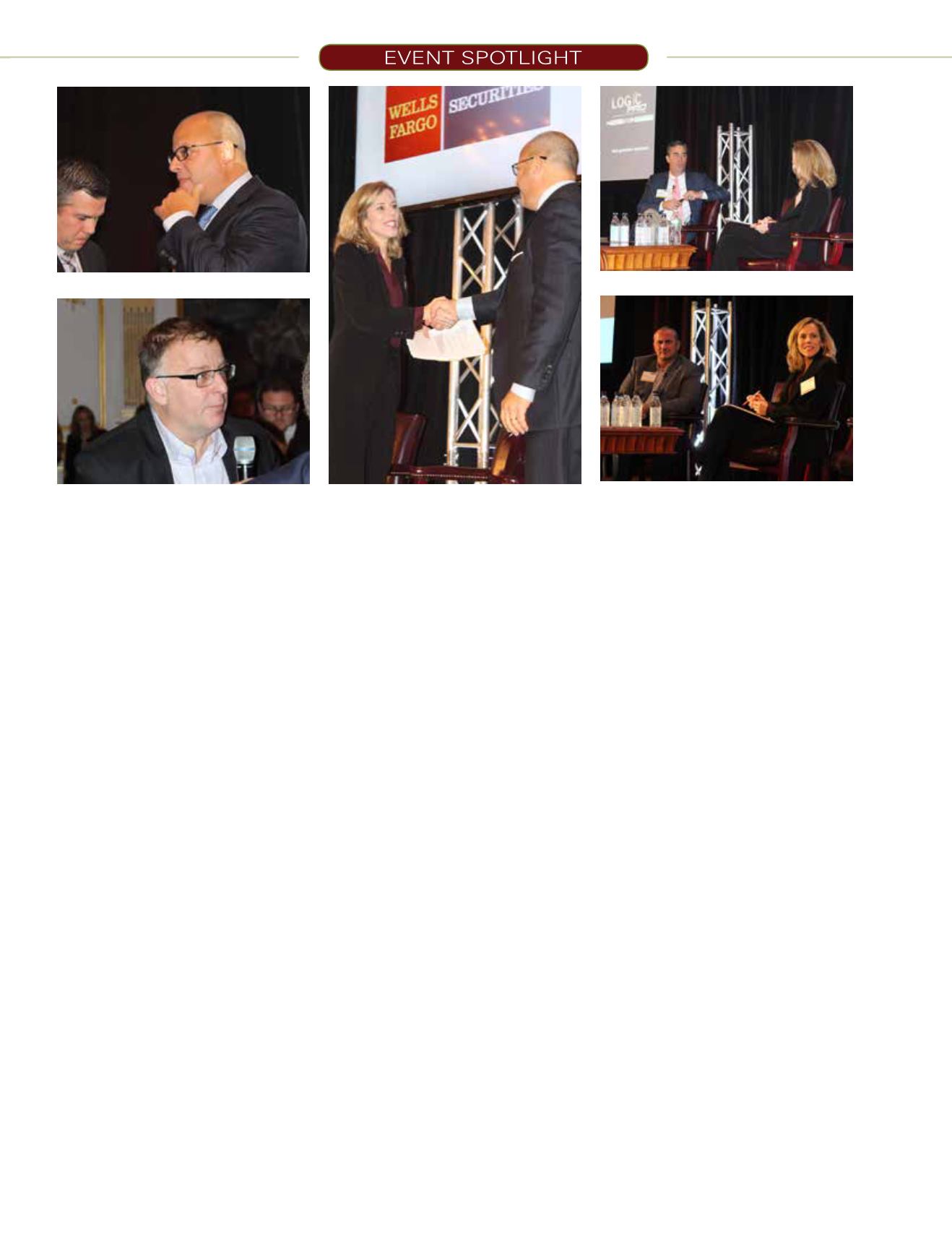

41
TOBACCO BUSINESS INTERNATIONAL
JANUARY/FEBRUARY 2015
vaping product company—a distinction
thatMartin feels may afford a competitive
edge when regulation hits. “We have no
legacy risks,” he points out. “We do not
run television and radio ads, nor print
ads outside of trade publications, and
we don’t do any sampling. Our business
model is not predicated on any practices
that I think will come under pressure
from regulatory authorities.”
Big Tobacco Enters the Fray
Joe Murillo, president of Altria Group’s
NuMark, argued that it is Big Tobacco
that will have the edge in the vaping
category’s future. “We have been able to
immediately take advantage of our parent
company’s supply chain, as well as some of
their product technology,” noted Murillo,
who likened the current competitive
field as akin to the first or second inning
of a baseball game. “Altria has leadership
in each tobacco category in which it
operates and we expect to do nothing
less at NuMark, but it will take time.
Consumers are still choosing and making
tradeoffs, in terms of products—nothing
is quite hitting the mark yet in terms of
taste, performance and battery quality.The
channels are still working themselves out
and regulation is only at the beginning.”
Murillo also expressed hope that
research efforts will yield significant
product improvements in the near future.
“I have worked on any number of new
products at Altria, a number of which
we were hopeful would be reduced-
exposure products,” he says. “During all
of that time, I have never seen consumers
adopt or be interested in a product the
way they are in vapor.The bottom line is
that we are in investment mode, trying
different things, hearing from retailers
and consumers, and formulating a plan.
Having a robust pipeline is essential.”
Brice O’Brien, EVP of Vuse, agreed
that innovation will be key, noting that
consumer interest in alternatives to
traditional cigarettes has been swelling.
“Back when we started to explore things
like ‘heat-not-burn’ we got a lot of
interest, but consumers just weren’t ready
to make the tradeoff,” he says, referring
to early research and development efforts
by parent company R.J. Reynolds that
resulted in the failed launch of its Eclipse
product. “Taste satisfaction, consistency,
[and] reliability were all showstoppers for
consumers.We knew the products had to
change. We needed to design a product
that was satisfying and simple and easy
to use.”
Since Eclipse’s demise, however,
consumer demand for alternative
products has grown and research has
progressed. As a result, Reynolds has
announced plans to introduce a new
heat-not-burn product, dubbed Revo,
in February. The product, which uses
a carbon tip that heats tobacco after
being lit, will retail for about $6, says
O’Brien.
When asked about the future potential
of open-system vaping, O’Brien
expressed concerns about the safety
of products that require consumers to
handle liquid nicotine. “I think of them
as exposed nicotine systems,” he says.
“Using an e-juice that contains nicotine
brings issues like poisoning, ease of use
and tampering into play. We chose a
number of years ago to go with a closed
system, one that is tamperproof and that
uses proprietary technology that only
works with Vuse.”
By the end of this information-packed
event, one thing was clear: at this stage of
the vapor industry’s growth trajectory, no
one can be certain what the vapor devices
of the future will look like. However,
everyone in the vapor space is doing his
or her utmost to find out. The bottom
line? It will be an interesting year!
TBI
Joe Murillo, president of Altria’s Nu Mark LLC
Counterfactual Consulting and Advocacy’s Clive Bates
Wells Fargo’s Bonnie Herzog welcomes Murillo
Herzog with Miguel Martin, president of Logic
International Vapor’s Nick Molina



















